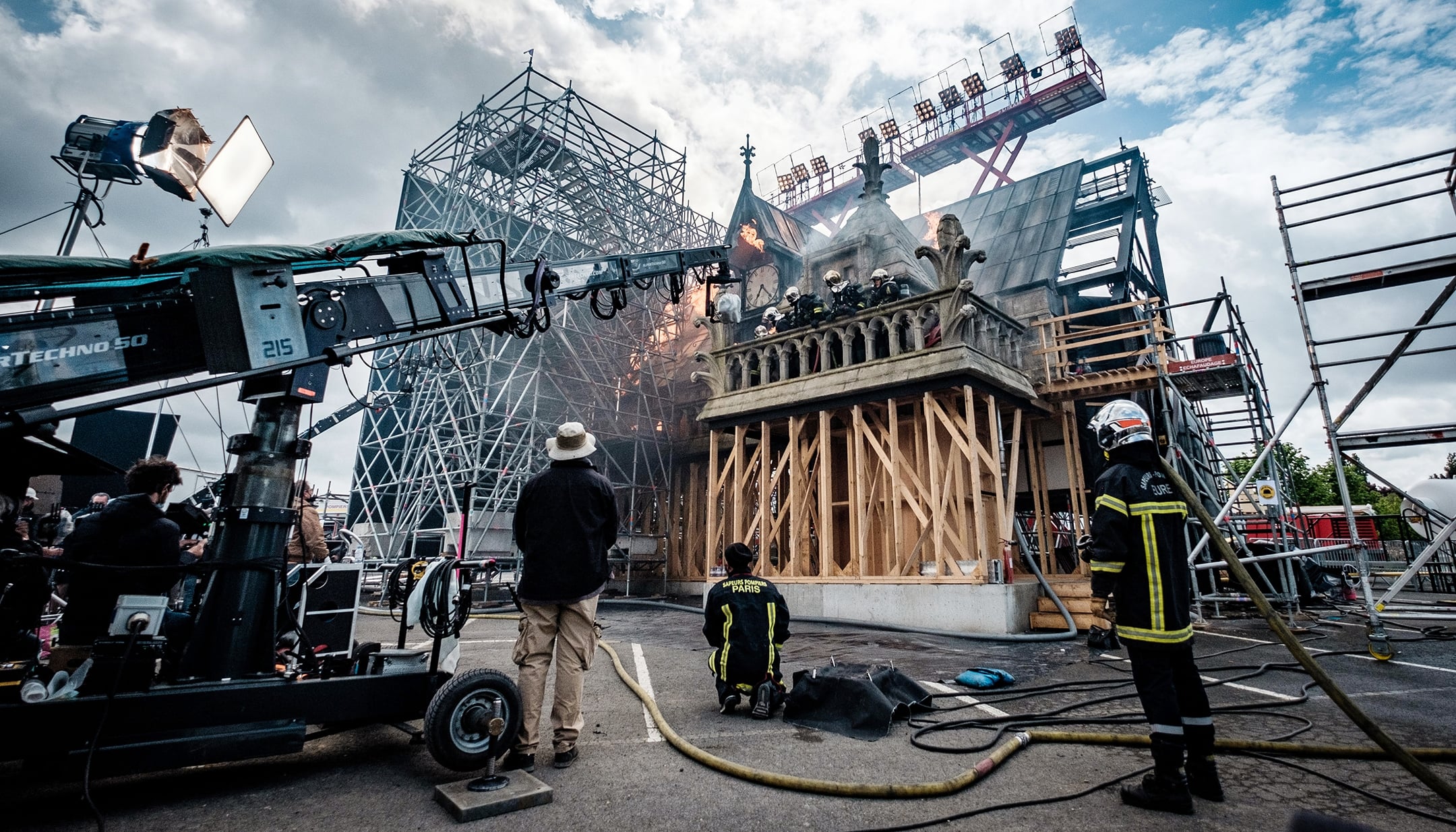
Filming in the City of Light
Five cinematographers offer expert advice on shooting in Paris — one of the most iconic locations in the world.
In the same way that Los Angeles is inextricably tied to the Golden Era of the Hollywood studio system, or how New York City evokes memories of gritty dramas set against an urban backdrop, it’s impossible to ponder the famed French capital without thinking of the radical imagery of the Nouvelle Vague and such architectural landmarks as the Eiffel Tower, Arc de Triomphe, Notre-Dame Cathedral and the Louvre Museum. The frequent focus of a vibrant national cinema landscape, Paris is not only home to an immense filmic history, but one of the top present-day shooting locations for filmmakers worldwide.
And like other major production hubs, La Ville des Lumiere has its own particulars when it comes to the protocols for shooting. From differences in grip equipment to the length of the shooting day, there is a learning curve for visiting cinematographers.
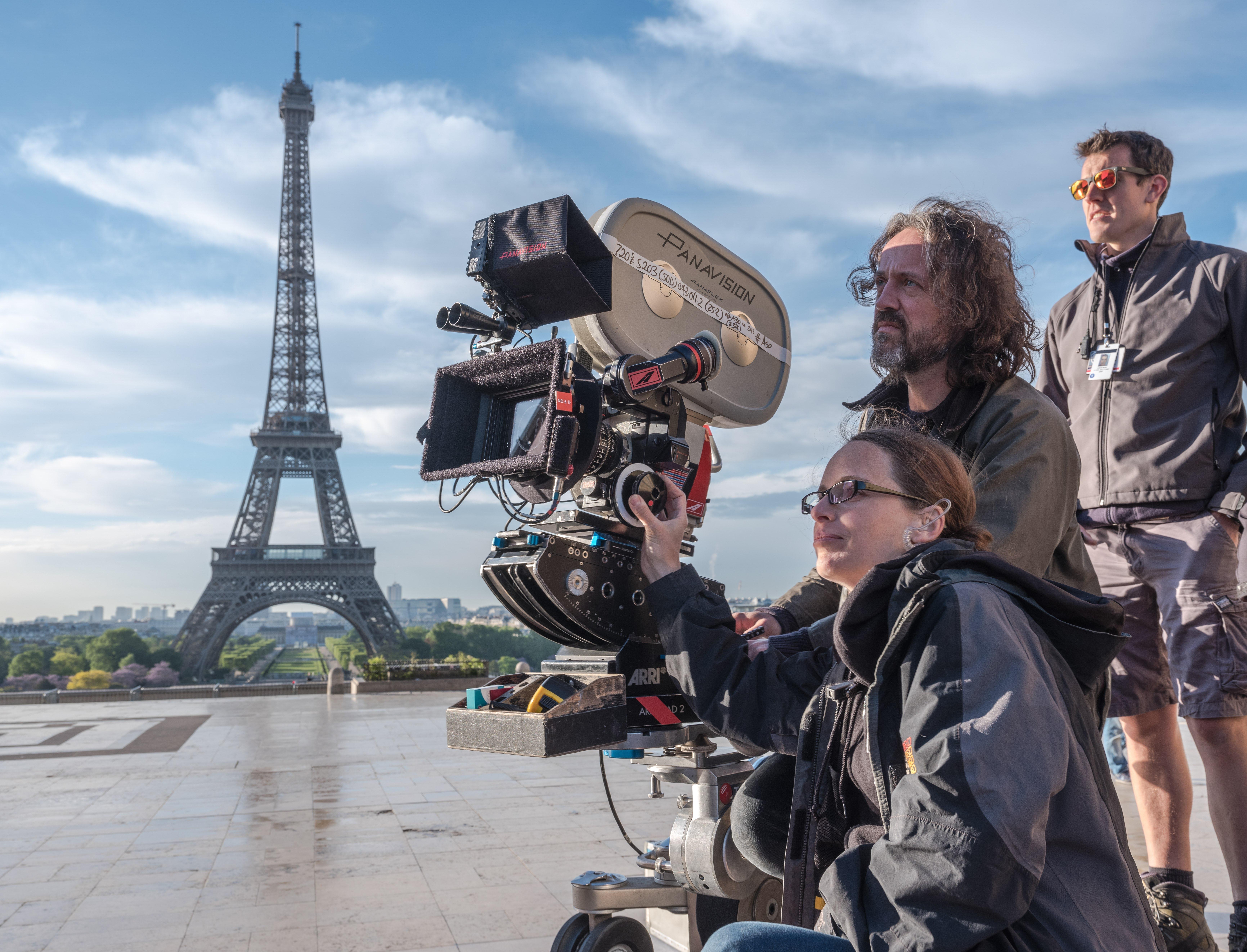

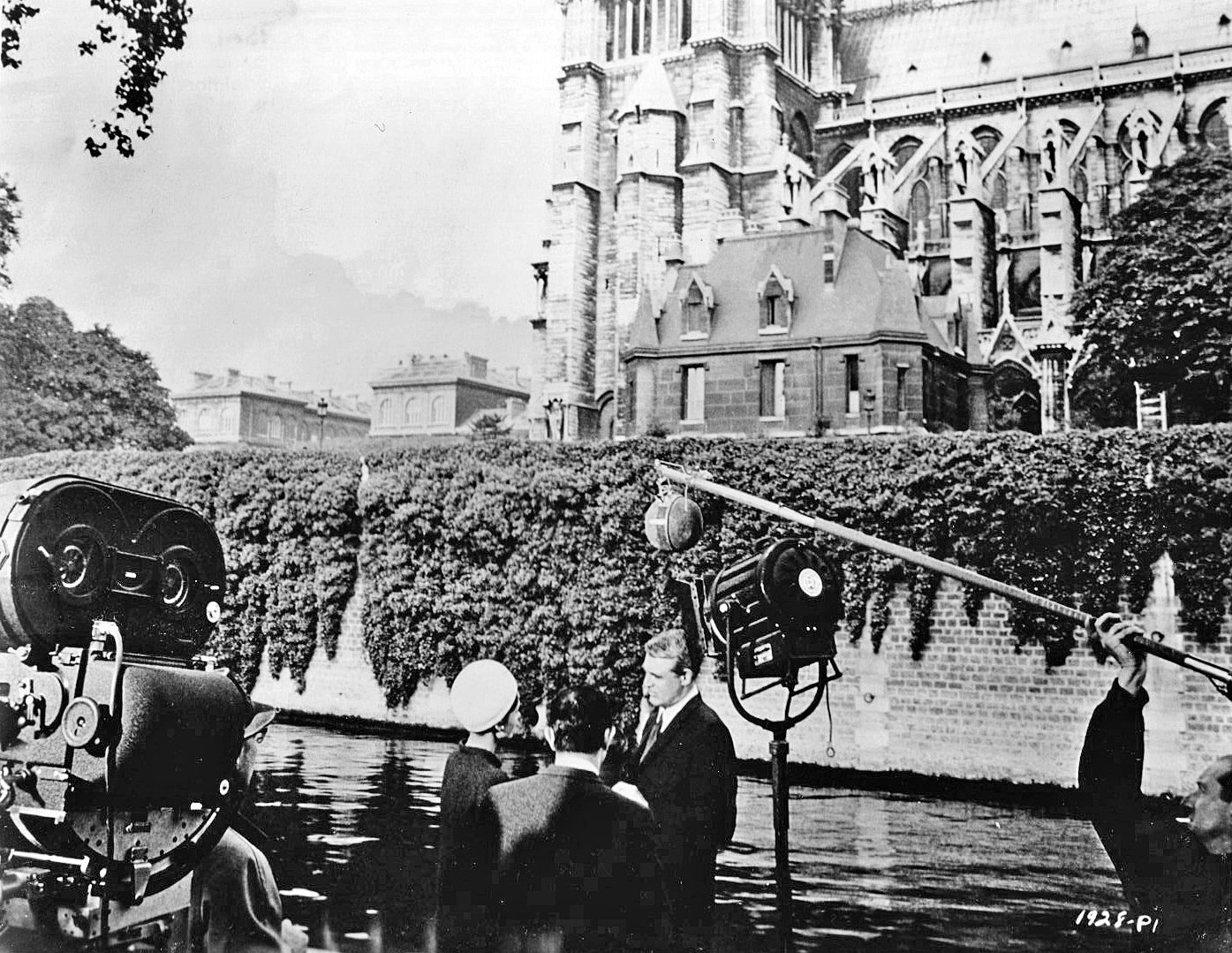
For Jean-Marie Dreujou, ASC, AFC — current President of the Association Française des directrices et directeurs de la photographie Cinématographique — the first piece of advice for any cinematographer planning to work in Paris is to get in contact with the AFC. “You can speak with your French colleagues, and they can help in so many ways — they know about different locations, how to work with different rental houses,” Dreujou explains. “It’s a city of cinema, Paris — there is so much everywhere. They can help you navigate the city. It’s very easy to have many locations because there are great locations everywhere.”
A native of Paris, Denis Lenoir, ASC, AFC, ASK remarks, “From the cinematic point of view, there are always beautiful places to film in Paris and they always look like postcards.” A large part of the appeal of shooting in Paris is highlighting the locale. Because of this, shoots rarely take place solely on stage and location work is vital. This creates what is almost unanimously considered the biggest challenge to working in this city by those accustomed to shooting elsewhere: The city’s regulations on trucks.
“We don’t call ‘French hours’ French hours, of course, we call them journée continue [continuous day].”
— Denis Lenoir, ASC, AFC, ASK

New York City-based cinematographer Jendra Jarnagin shot in Paris for the first time while working on the fourth season of Emily in Paris. She explains that “the biggest thing that impacted me and my job is that they restrict the number of trucks you can have for the entire production. We were allocated a total of five. The city decides based on your production and its needs. The trucks are not big, because we’re shooting in the dense city with its small streets, for the most part. You don’t have 40-footers like you do in L.A.”
“Emily in Paris is a location show. The audience wants to see Paris, not just the inside of Emily’s apartment, but it’s difficult with just five trucks. One is camera, one is grip, one is electric, one is props and set dressing, and one is for everything else production needs. Most departments have a second truck because the size of the trucks doesn’t allow you to fit everything you need for the entire run of the production. You must decide in advance what you are going to use and prep it.”
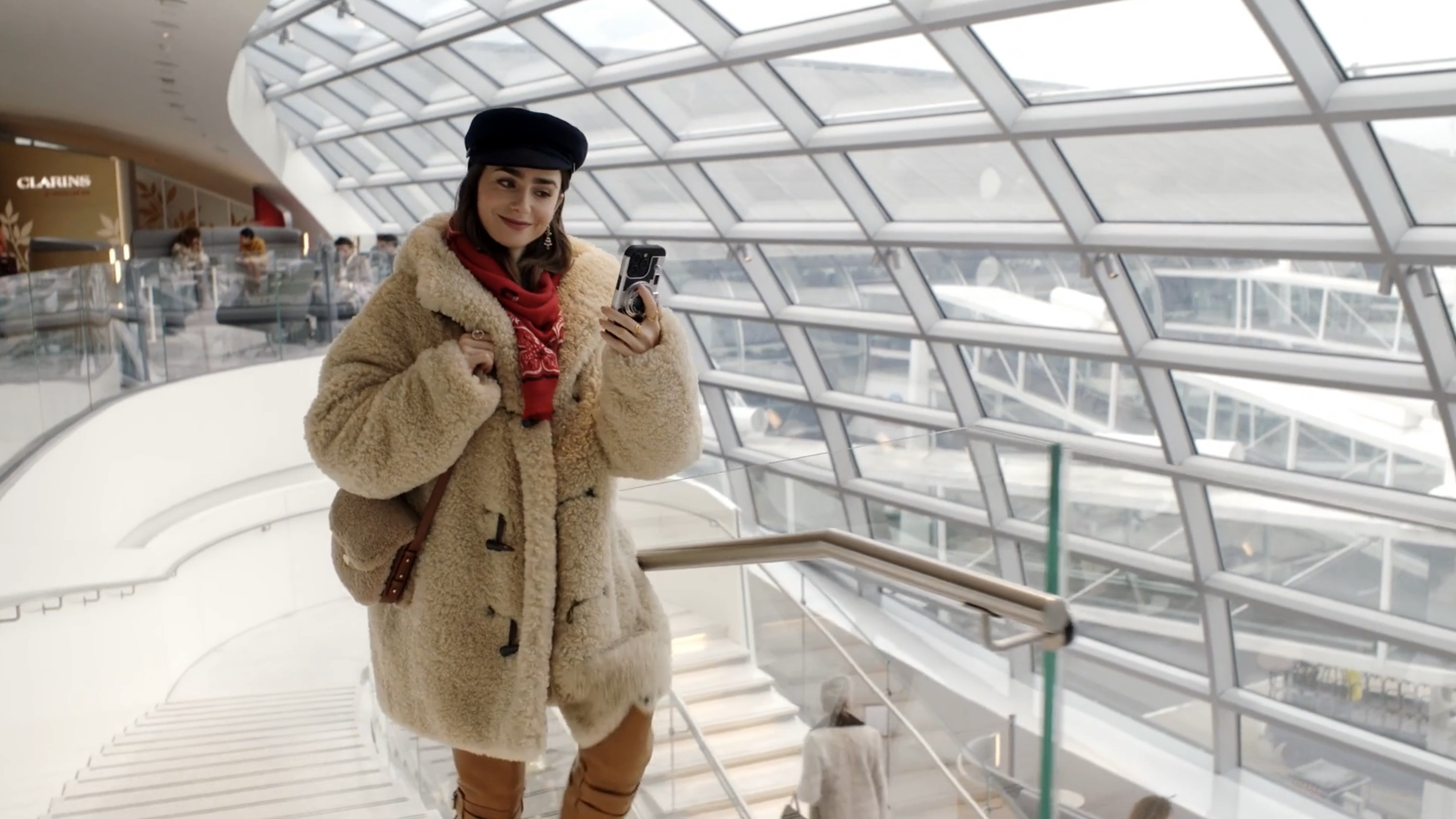
Because of this system, hair and makeup and costuming don’t have trucks on location. For Emily in Paris, a show that relies heavily on the look of its characters, there were days where it was 45 minutes one way between the set and the centralized location where costuming and hair and makeup were done. Jarnagin points out, “It’s a very trickle-down thing, but it’s not feasible to get the actors for blocking rehearsals. We start setting up our shots and our lighting with stand-ins based on what the director has planned for shots.
“That’s part of coming in to an existing paradigm, and having to adapt my planning and my process and creativity. To me, blocking rehearsals are fundamental to figuring out the scene. As the newcomer to a fourth season show in a foreign country, that’s the adaptation I found to be the most challenging. The rest of the crew is used to working this way, and is very good at it.
But Jarnagin was able to plan for the structure of filming on the streets in Paris primarily because of thorough and extensive pre-production discussions she’d had with lead Emily cinematographer Séamus Tierney before even arriving in France, as well as with Steven Fierberg, ASC.
Fierberg shot the entirety of the first two seasons of Emily and previously shot episodes of his series The Affair in the city, well before embarking on the hit Netflix show. “I’ve loved shooting in Paris every time, Fierberg attests. “You’ve got great crews, great people, I love them. If all my friends and my wife lived in Paris, I’d never leave. It’s incredibly picturesque.”
He points out the key differences in daylight between Los Angeles and Paris: “Shooting the first season of Emily in Paris, I kept thinking, ‘This sun is so low.’ On The Affair, it was low because it was Christmas time, but on Emily, I was shooting in the summer. I finally looked at a map and realized Paris and London are further north than any city in the United States, so the sun is always relatively low. Also, Paris has narrow streets, and all the buildings are six stories tall, often blocking the sun. That’s a wonderful thing about shooting in Paris, not always fighting that harsh daylight. L.A. is the opposite — wide streets, steep sun.”
“In the camera department, you don’t have a translation problem. There was never confusion. You want a 32mm lens — trente-deux. But lighting…”
— Steven Fierberg, ASC
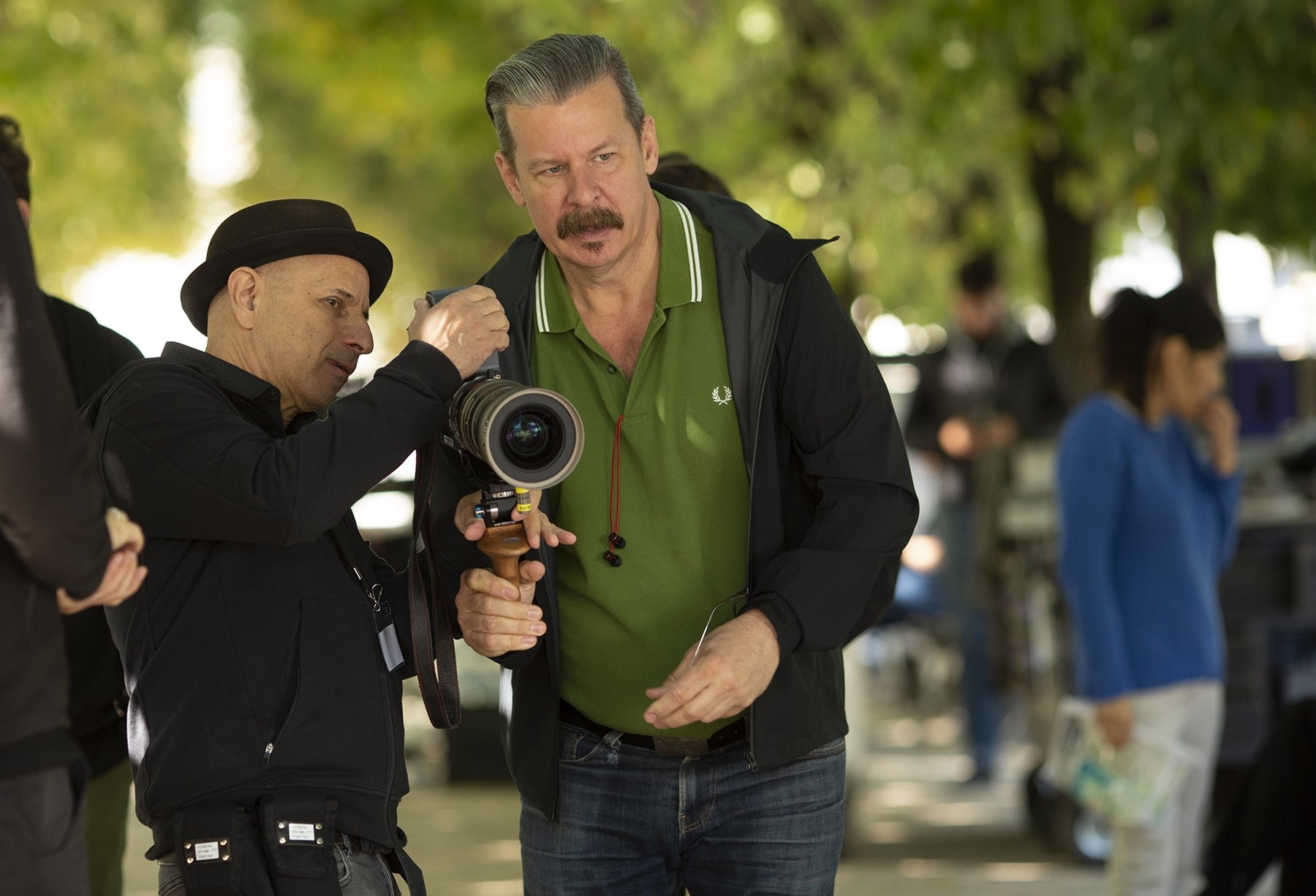

Fierberg confesses that his French isn’t the best, but “in the camera department, you don’t have a translation problem. There was never confusion. You want a 32mm lens — trente-deux. But lighting… What I became painfully aware of is that most lighting terms are slang. My favorite example is, if I’m looking at an over-lit wall, I would say, ‘Take that wall down.’ In L.A., everyone knows that means darken the exposure on the wall. But, in Paris, they are thinking, ‘What does he mean?’ Then they run off, because they all give 100 percent and want to be efficient. They aren’t going to literally knock the wall down, but I’ve had it where they take the entire fixture away. Or tilt the light down or take down the height of the light. So, you must be clear and careful, and confirm that they understood you.”
When asked about the biggest challenges to shooting in Paris, Fierberg acknowledges the restrictions on trucks, as well as other ways the location dictates what is available to production: “The streets are narrow. If you put a generator in the street, it blocks the whole street, not just the parking lane. When you go to scout at night, you can say, ‘This is what I want’, but then they must go scout and see where they can put generators and they may come back and say ‘You can’t have a generator over there. There’s no power.’
“How do you deal with that? There are two things. First, Parisians are much more open to allowing you to put a light in the window of their apartment or on top of a building so you can backlight a scene. The people are nice and welcome filmmakers. The other thing that helps is that the voltage is 220 [instead of 110-120v in the U.S.]. You can plug in a pretty bright light directly into any wall.”
Fierberg recalls shooting a large night sequence from the third season of Emily for which they relied solely on wall power: “There was no way to bring a generator into where we were shooting, but we were able to get a small condor. We put one light up in the condor and we just plugged an Arri S360 into the wall of a nearby bar. That was the backlight for the whole night exterior. We also used battery-powered lights extensively. You can do a lot there without a generator that you could never do in the U.S.”
Jarnagin was excited to learn from the local crew about battery-powered technology as well: “I was intrigued and impressed by how much further forward they are with battery-powered generators than in the U.S. Each arrondissement [administrative district, of which there are 20] in Paris has its own rules and regulations for filming. Emily’s apartment is located in the fifth, and it became more and more restrictive while we filmed there. By the time I shot my scenes there, we couldn’t have generators at night. What would be a huge challenge in New York or L.A., was just a pivot in planning for the Paris crew. That meant we would have big Voltstacks [e-generators]. The battery packs they have, the number of them, the variability of size, the comfort level of the crews using them and knowing what to order, is amazing. I can’t wait til we have more options like that in the U.S.”
Furthermore, the emphasis on regulating power draw runs hand in hand with the focus on overall sustainability: “Everyone had shared values around sustainability as the norm — throughout the entire production, without resistance or headache or extra work. From composting and separating your food at the end of the meal to how the city handles lights being on at night, to not over-ordering stuff you’re only going to use once, everyone just thought about that as a normal part of filmmaking. I found it very inspiring.”
In 2018, M. David Mullen, ASC shot two episodes of The Marvelous Mrs. Maisel in Paris before returning to shoot his upcoming Amazon series Étoile this past year. “LED lighting has really taken off there,” he says. “It’s so difficult to park generators or to park anything in Paris, so you must rely on battery-powered lights and plugging lights into walls. That’s changed a lot just since 2018. I don’t really use Nanlux in the U.S. yet, but they were quite useful there. Their Evoke 2400W light was like having a 6K HMI, but it’s also bicolor. It was super useful to do a quick ceiling bounce in old buildings where we couldn’t rig to the ceilings. The simplest thing was to bounce a Nanlux into the ceiling and dial in a color that counterbalanced its paint job to get a neutral effect.”

During every production, Mullen spends much of his time off set shooting street photography, predominately at night. During his Étoile shoot, this on-the-ground experience made him intimately in tune with the built-in lighting across Paris: “The city’s transition from yellow sodium-vapor lighting to LED street lighting wasn’t a huge change. It’s nice because, for the inner part of the city, they spent money on nice, tungsten-balanced lighting. It went from orange to just slightly warm, but it still has the look you would expect for Paris.
“When you go to the outskirts of the city, they used cheaper daylight-balanced LED street lighting, so there is a bit of a blue-green cast. But that works storywise and differentiates the areas in Paris. Generally, the streets are well-lit. I do a lot of available-light still photography at 1000 ASA and didn’t have much trouble shooting at T2. When push comes to shove, if you had to shoot something with 90 percent available light, with nothing but a battery-powered light for the foreground, you could get away with it.”

When talking to crew about where to put that one battery-powered light, the system is also slightly different in France. As Lenoir explains, “The big difference between the gaffer and key grip regarding the lighting is that, in France, like in England, the grips are not touching the lighting, neither the stands or the heads or the gels or the cables. They do the scaffolding and the big diffusion frames. It’s more rational, because you have two different crews working on the same light in the U.S. Also, the key grip is the dolly grip, and the one right next to you while you’re operating. You are not on a chair by the director and the monitor, you are on the dolly operating the camera and the key grip is next to you, talking to you.”
Fierberg points out the differences in grip equipment in France, explaining, “The lighting is very similar, but the grip gear is different. In many cases it’s superior to what we have. The dolly track is 100 times better. The way they lay a dance floor for the dolly — 100 times better. They use Chapman and Fisher dollies, it’s just the track and floor they do differently. It’s just smoother there. They also very often put lights out windows on this boom arm made from aluminum. They are triangular, like truss. We don’t have anything like it. We constantly used it. We would put a light out on a balcony, way out, where people are walking below. They had a safety on it, but the boom arm is strong, and I never questioned it being unsafe. It’s just a huge lighting advantage to be shooting in a building and be able to put the light outside that far back.”
Mullen notes that process work is also different than in the U.S. ”Nothing on a tow rig or a process trailer that takes up a lane of traffic can be attached to the sides of the vehicle,” he explains. “It’s very hard. You can’t do a hostess tray shot because it sticks out wider than the vehicle. I can’t rig a Skypanel above the windshield because it is wider than the car. All that must be on a process trailer, but with the wider process trailers, you must shut down the entire street or have a police escort, which exponentially increases the budget.”
Across the board, cinematographers rely on their local crews to help them work best under the different rules of production and to help them figure out what is and isn’t possible. Jarnagin acknowledges, “I treated my arrival as if I was the guest. Which is an interesting position to be in when you’re in a leadership position. It gave me even more empathy for TV directors, who are constantly walking into an existing paradigm and are tasked with being in charge within a context that they are thrown into and don’t have any continuing control over. How to navigate that and thrive within it is its own skill set.”
Lenoir, who has worked worldwide with crews of many countries, points to the working hours and his ability to operate as two of the best parts of working in France. After working there and abroad, where it wasn’t always assumed he could operate his own camera, Lenoir realized, “It was disadvantageous for me to not operate myself. I think I am a very good operator. I think I am a good DP. So, for me to not operate, I’m not using my forte.”
He also explains the structure of a working day in Paris: “We don’t call ‘French hours’ French hours, of course, we call them journée continue [continuous day]. There is a meal a little bit before the call, then, you work nonstop for seven and a half hours, but you are paid for eight. Then you wrap. The main difference is that there isn’t the one-hour interruption for lunch. So fewer hours, you actually lose half an hour of work, but it’s more efficient because when you break for lunch, you never get back immediately. The cast has to return to makeup, etc., and you always lose 30 to 45 minutes of production time. French hours, usually, are from noon to 7:30 p.m. You go to work, prepping time, at 10:00 a.m., then break for lunch, then actually shoot from noon to 7:30.”
Dreujou emphasizes the need to not get overwhelmed by the differences between filming in Paris and elsewhere and advises cinematographers to lean on the assistance of French crews. “You should visit the website of the French National Centre of Cinema, or CNC,” he suggests. “There are tax incentives that were passed a year ago that you can find out about there. It’s a good thing to always check — that’s exactly what I do when I film in Canada, the U.S. or anywhere else. You want to get all the information on the local industry. It’s good to know exactly how we work in Paris, of course, and it’s important to have the right crew. It’s a good thing to keep in touch with the AFC, because we know everything about how the industry works and how to find crew. In the end, though, cinema is cinema.”






